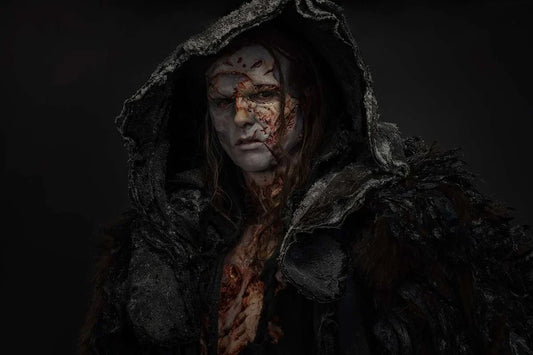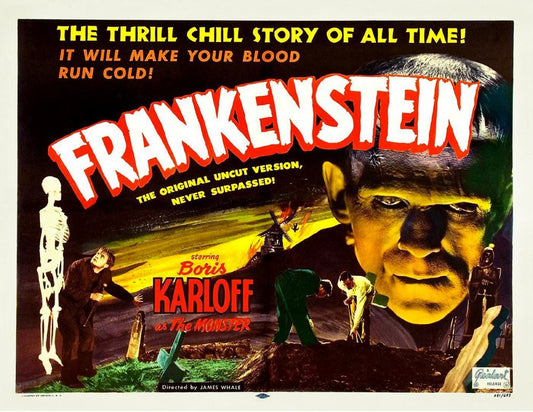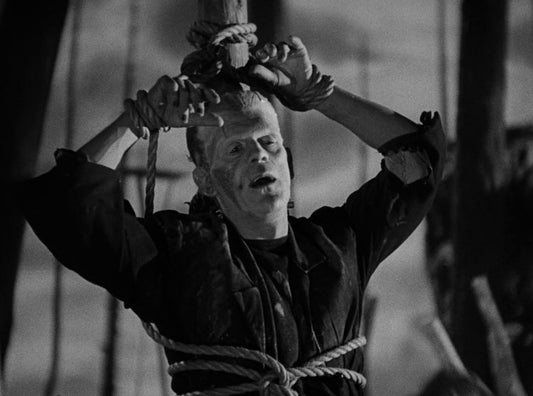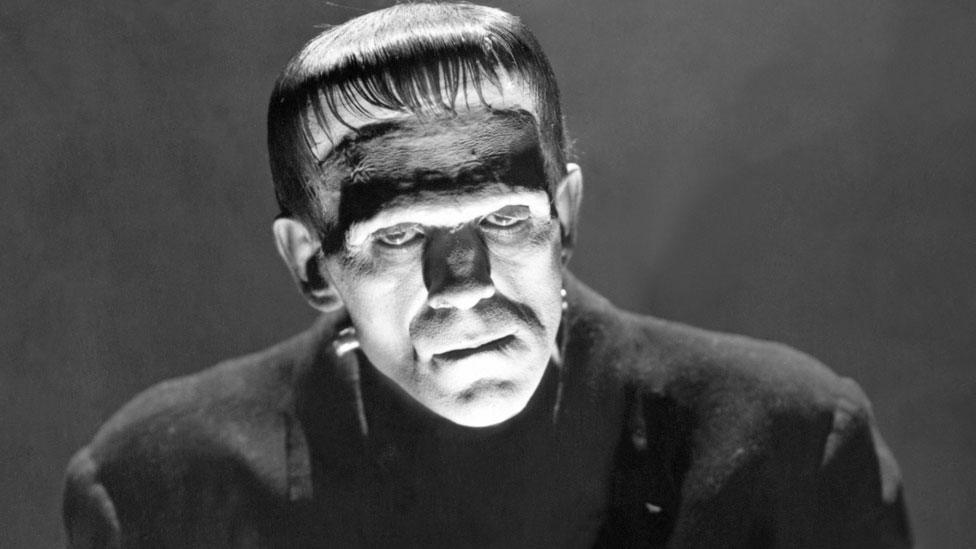
Universal Monsters—characters like Dracula, Frankenstein’s Monster, and the Mummy—have become iconic symbols of horror cinema. But did you know that many of these legendary creatures originally come from literary works now in the public domain? This means they’re freely available to adapt, reimagine, and explore in new and creative ways.
Let’s take a closer look at some Universal Monsters whose origins you can freely explore right now!
🧛 1. Dracula

Original Source: Dracula (1897) by Bram Stoker
Public Domain Status: Fully in public domain
Count Dracula (Not to be confused with Nosferatu (Above)), famously portrayed by Bela Lugosi in Universal’s 1931 adaptation, originates from Bram Stoker’s Gothic masterpiece. Since the novel entered the public domain, creators have freely adapted Dracula’s story in countless ways—from dramatic retellings to comedic parodies, graphic novels, and films.
⚡ 2. Frankenstein’s Monster

Original Source: Frankenstein; or, The Modern Prometheus (1818) by Mary Shelley
Public Domain Status: Fully in public domain
Mary Shelley’s classic novel introduces Dr. Victor Frankenstein and his tragic creation. Universal immortalized this character through Boris Karloff’s iconic performance. Because Shelley’s original novel is in the public domain, the Monster can now be freely reimagined, from classic horror interpretations to contemporary explorations of artificial intelligence and morality.
🧟 3. The Mummy (Inspired by Egyptian Mythology)

Original Source: Egyptian mythology, folklore, and the historical fascination with Ancient Egypt.
Public Domain Status: Egyptian mythology and historical inspirations are fully public domain
The Mummy, famously depicted by Boris Karloff in Universal’s 1932 film, draws from Egypt’s ancient history and folklore—both entirely public domain. This means the concept of mummified beings returning to life can freely inspire countless adaptations and new narratives, from chilling horror to historical fantasy.
👹 4. The Invisible Man

Original Source: The Invisible Man (1897) by H.G. Wells
Public Domain Status: Fully in public domain
Originally created by literary genius H.G. Wells, the Invisible Man’s disturbing descent into madness has captivated audiences for generations. Universal’s 1933 film adaptation is iconic, and with Wells’ novel firmly in the public domain, artists and filmmakers have endless opportunities to explore this haunting tale anew.
🐺 5. The Werewolf / Wolf Man (Folklore Origin)
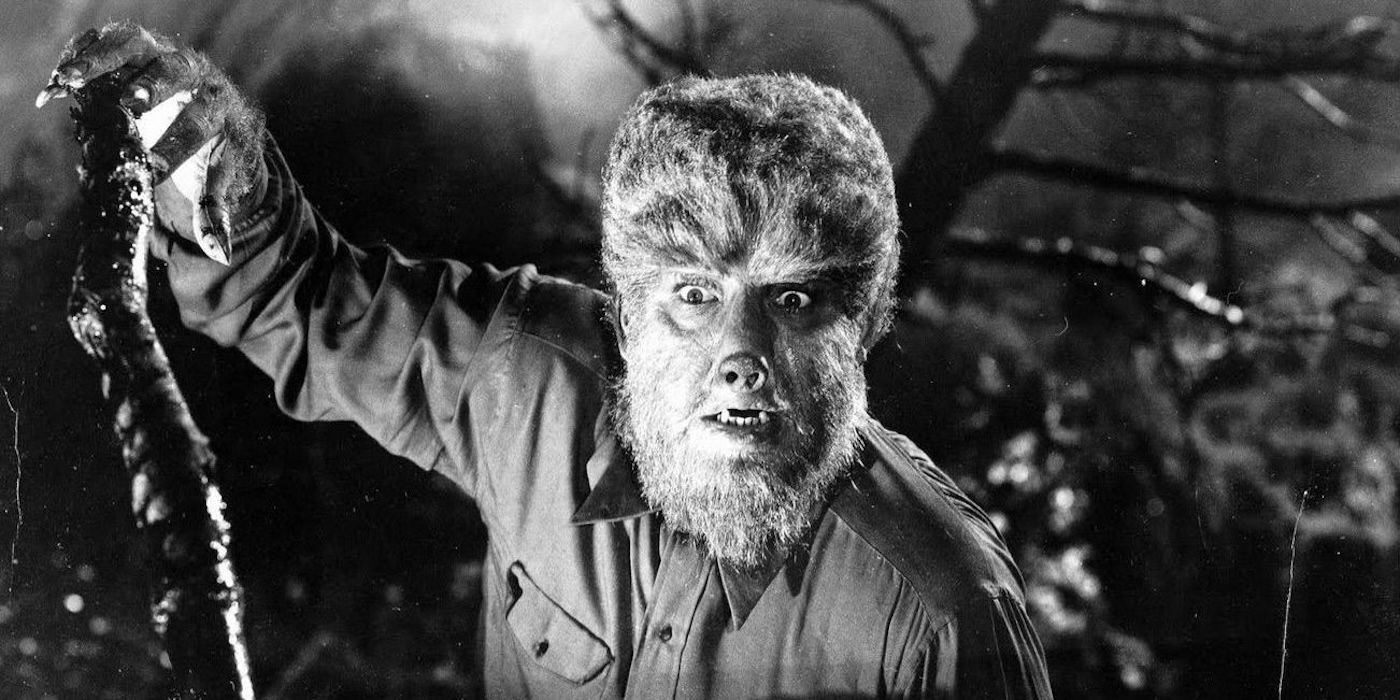
Original Source: European folklore and mythology
Public Domain Status: Folklore origins fully public domain
While Universal’s 1941 film The Wolf Man popularised the cinematic image of werewolves, the concept of humans transforming into wolves dates back centuries in folklore and mythology. This folklore remains public domain, allowing creators limitless possibilities to craft fresh, terrifying werewolf stories.
🦇 How to Use These Monsters Creatively
With these iconic monsters rooted firmly in public domain sources, artists, writers, filmmakers, and designers can freely:
- Produce new films, novels, graphic novels, and stage plays.
- Develop fresh and innovative twists, reimagining classic themes.
- Create merchandise and art inspired by these timeless horror icons.
(However, remember Universal Studios' visual designs and specific character portrayals may still be protected by trademark.)
🎨 Celebrate the Golden Age of Horror

If you’re a fan of Universal Monsters and their public domain origins, you’ll love our Public Domain Night of the Living Dead Sweatshirt!
